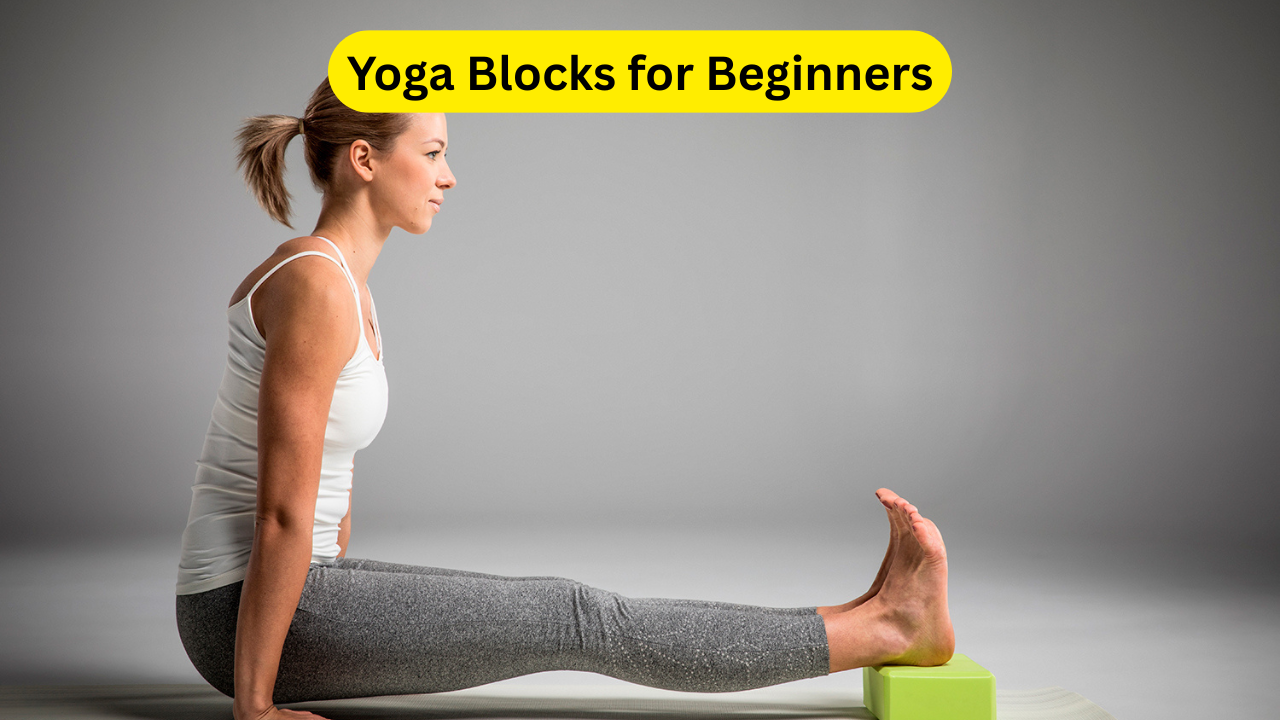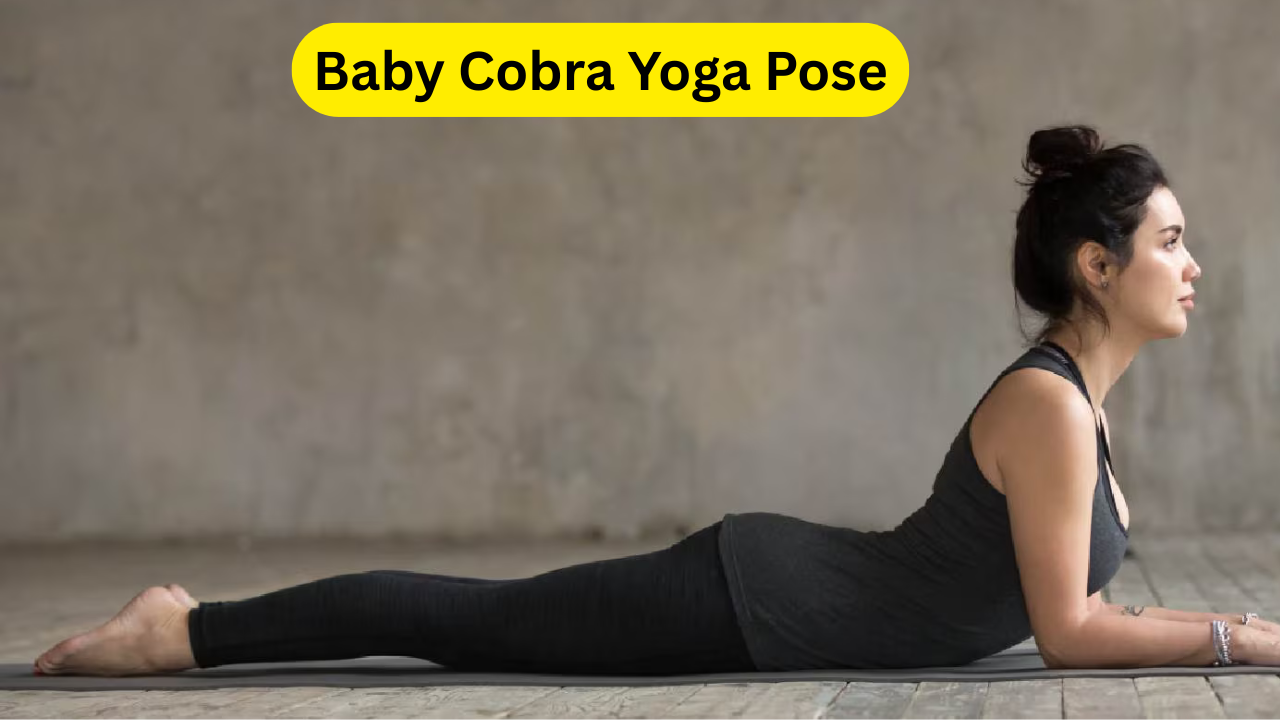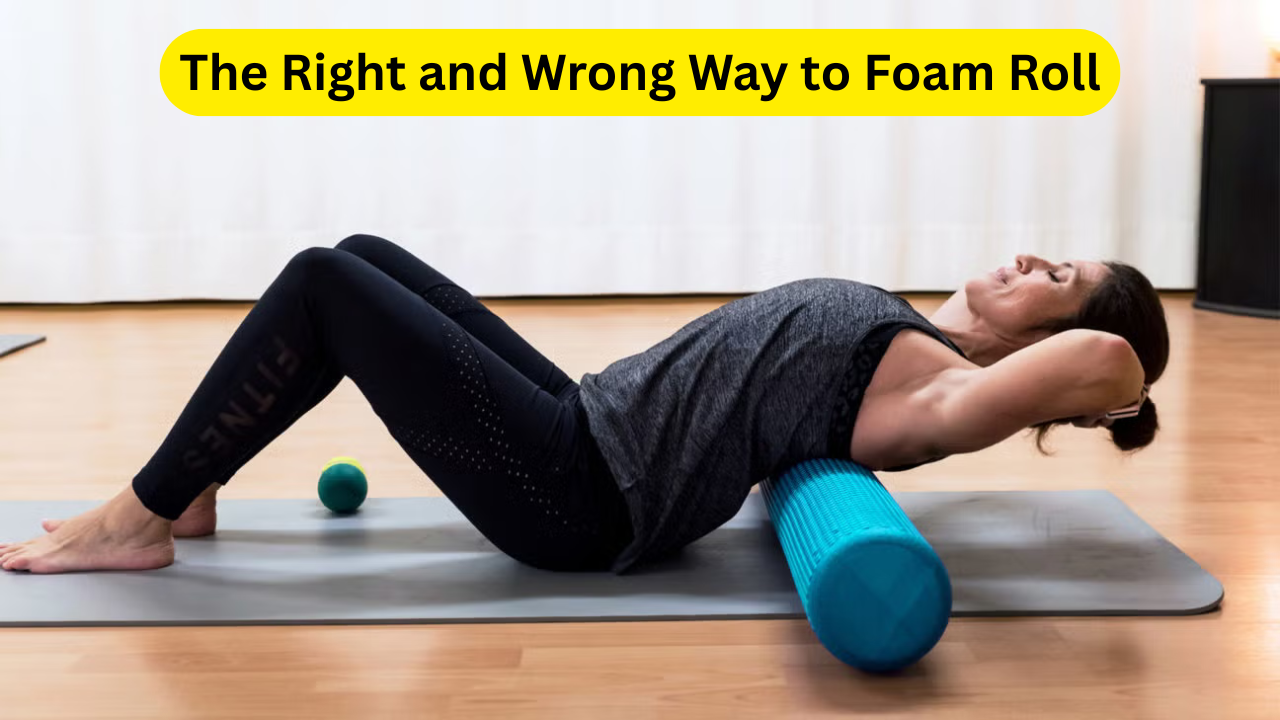How to Do an L-Sit: The L-sit is a deceptively simple exercise that packs a punch when it comes to working your core and full body strength. While you may be familiar with traditional core exercises like crunches or planks, the L-sit offers a more intense and dynamic way to engage your muscles. The exercise involves balancing your body in an “L” shape, with your arms supporting you on the floor or other equipment while your legs are lifted and extended straight. Despite looking relatively straightforward, the L-sit requires immense strength, stability, and control, making it one of the most effective moves for enhancing core strength.
Though planks may have long reigned as the king of core exercises, the L-sit is gaining popularity due to its ability to engage not only your core but also your hip flexors, quads, and upper body. This full-body engagement makes it a powerhouse move for improving balance, posture, and overall fitness. Athletes across various disciplines, from CrossFit to gymnastics, swear by the benefits of incorporating L-sits into their routines. However, before you can master the L-sit, you’ll need to build up the strength and technique to perform it correctly.
In this guide, we will break down the L-sit step by step, discuss its benefits, and explain how to progress from beginner to advanced variations of the exercise. Whether you’re a fitness newbie or an experienced athlete looking to refine your routine, adding the L-sit to your workouts can help you achieve greater core stability and overall strength.
What is an L-Sit and Why Should You Do It?
The L-sit is a foundational bodyweight exercise that targets the core while engaging several other muscle groups. Unlike traditional core exercises, which typically focus on flexing or extending your spine, the L-sit requires you to hold your body in a static position while keeping your legs elevated and straight, forming an “L” shape with your torso and legs. This challenge not only works your abs but also your quads, hip flexors, shoulders, and arms. It is an excellent exercise for building endurance and strength, making it highly effective for athletes in sports such as gymnastics, CrossFit, and martial arts.
One of the most significant benefits of the L-sit is its ability to improve core stability. A strong core is crucial for virtually every movement we perform daily, whether it’s bending down to pick something up or maintaining good posture while sitting. The L-sit helps to enhance functional core strength, which translates to better performance in other exercises and activities.
Moreover, the L-sit requires a high degree of flexibility and coordination. It enhances both flexibility in the hamstrings and hip flexors while developing the ability to maintain balance and control. This makes it an excellent addition to your fitness routine, whether you’re aiming to improve posture, boost athletic performance, or develop a strong, defined core.
Step-by-Step Guide to Performing an L-Sit
Before attempting an L-sit, it’s essential to understand proper form and technique. While the exercise may seem simple at first glance, it demands a lot of strength and precision. Follow these steps to perform a perfect L-sit:
1. Setup
- Begin by setting up two parallel objects, such as benches, boxes, or parallettes, that are slightly narrower than shoulder-width apart.
- Sit between the objects, positioning your palms on the surfaces with your fingers pointing forward. Your legs should be straight out in front of you.
2. Starting Position
- Place your hands firmly on the ground or equipment, and engage your shoulders by pulling them down and away from your ears.
- Press your palms into the surface to help activate your shoulders and engage your core.
- Ensure your elbows are locked and your arms are straight, with your body in a straight line from your shoulders to your feet.
3. Lifting the Legs
- Slowly lift your legs off the floor, keeping them straight and together.
- Aim to raise your legs until they are parallel to the ground, forming an “L” shape with your body.
- As you lift, maintain a strong core and avoid letting your lower back sag or arch. Keep your shoulders drawn down and your neck in a neutral position.
4. Hold the Position
- Hold the L-sit position for as long as possible. Start with short holds and gradually increase the time as you build strength.
- Aim for 30-second holds to start, then work your way up to 45 seconds and eventually 1 minute or more.
Muscles Worked in the L-Sit
The L-sit is a full-body exercise that engages multiple muscle groups. Here are the key muscles worked during the movement:
- Core: The L-sit primarily targets the abs and obliques, helping to improve overall core strength.
- Hip Flexors: As you lift your legs, the hip flexors are engaged to keep your legs elevated.
- Quads: The quads help maintain the extended position of your legs.
- Shoulders and Triceps: Supporting your body weight on your hands, your shoulders and triceps work hard to keep you stable.
- Lats: Your lats help with stabilizing the movement and supporting your body as you hold the position.
L-Sit Progression and Variations

Not everyone can immediately perform a full L-sit, especially if you’re just beginning to work on your core strength. Thankfully, there are several variations and progressions to help you build the strength necessary for the standard L-sit:
Beginner Variation: Chair L-Sit
If you’re just starting out, begin with the chair L-sit. This is a great way to build initial strength and get used to the movement pattern.
- Sit on a chair or bench with your hands placed next to your hips.
- Keep your arms locked out and press down into the seat, lifting your body slightly off the seat.
- Extend one leg in front of you, keeping it straight, while the other leg stays on the floor.
- Hold the position for 30 seconds, then switch legs.
Click Here: Taiji Yoga: A Comprehensive Guide to the Fusion of Tai Chi and Yoga
Intermediate Variation: Tuck Position
Once you’ve developed enough strength, you can work on the tuck position, which brings your knees closer to your chest.
- Begin with your knees bent and pulled towards your chest.
- As you progress, start to extend your legs slightly until you feel comfortable holding them in a more extended position.
Advanced Variation: Ring L-Sit
For more experienced athletes, performing the L-sit on rings adds an additional challenge.
- Hang from a set of rings with your arms straight.
- Lift your legs up to form the L-shape while stabilizing your body using your core and shoulders.
Common Mistakes to Avoid
To ensure you’re performing the L-sit correctly, avoid these common mistakes:
- Sagging the Lower Back: Keep your back straight by engaging your core and squeezing your glutes.
- Incomplete Leg Extension: Make sure your legs are fully extended, not bent at the knees.
- Not Using the Shoulders: Engage your shoulders by pulling them down and away from your ears, which helps stabilize the movement.
How to Add L-Sits to Your Routine
To get the most out of your L-sit training, consider adding it to your routine in a focused core workout or as part of your warm-up or cool-down. Start with three sets of L-sit holds, holding each for 20 to 30 seconds, with 90 seconds of rest between each set. As you become stronger, gradually increase the duration of each hold. Over time, you can incorporate more challenging variations of the L-sit into your routine.
Also Read: Audi R8 Potential Comeback Everything We Know So Far
How to Do an L-Sit Conclusion
The L-sit is a challenging but highly effective exercise that targets multiple muscle groups, especially your core. Whether you’re aiming to build a stronger midsection, improve your overall stability, or enhance your performance in other exercises, the L-sit is an excellent addition to your fitness routine. By focusing on proper form and gradually progressing through different variations, you can master the L-sit and unlock its full benefits.
Remember, while the L-sit can be difficult to master, it’s important to stay patient and consistent. Begin with modifications if necessary, and challenge yourself as you get stronger. As with any exercise, proper form and gradual progression are key to avoiding injury and achieving optimal results. So, start practicing today and experience the core-shredding benefits of the L-sit!
How to Do an L-Sit FAQs
1. What are the main benefits of the L-sit?
The L-sit provides several benefits, including enhanced core strength, improved posture, better stability, and stronger hip flexors. It engages multiple muscle groups simultaneously, making it an excellent full-body exercise that also improves performance in other movements like deadlifts and handstand push-ups.
2. How long should I be able to hold an L-sit?
When starting out, aim to hold the L-sit for 20 to 30 seconds per set. As you build strength, work towards holding the position for longer durations, eventually reaching one minute or more. Remember, it’s normal for your time to decrease as you perform multiple sets, but with consistent training, your endurance will improve.
3. Can I do the L-sit if I’m a beginner?
If you’re new to core exercises, the L-sit may be challenging at first. Start with modifications like the chair L-sit or tuck position to build strength. Over time, as you become more comfortable and your core strength improves, you can gradually progress to the full L-sit.
4. How do I know if I’m doing the L-sit correctly?
Ensure that your legs are fully extended and your back is straight. Engage your core and shoulder muscles to stabilize the movement. Avoid letting your lower back sag or your knees bend. If you’re unsure, consider using a mirror or asking a trainer to check your form.
5. How often should I train the L-sit?
To see progress, aim to train the L-sit 2-3 times per week. Incorporate it into your routine by adding 3-5 sets of holds with rest between each set. Consistency is key to building strength and improving your L-sit performance over time.









